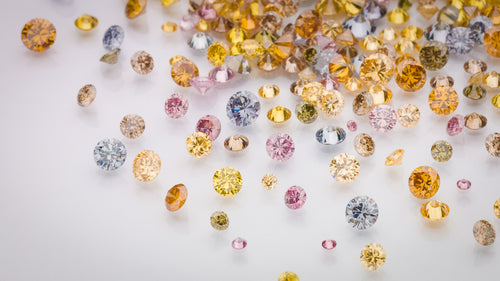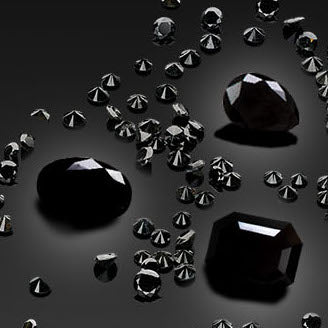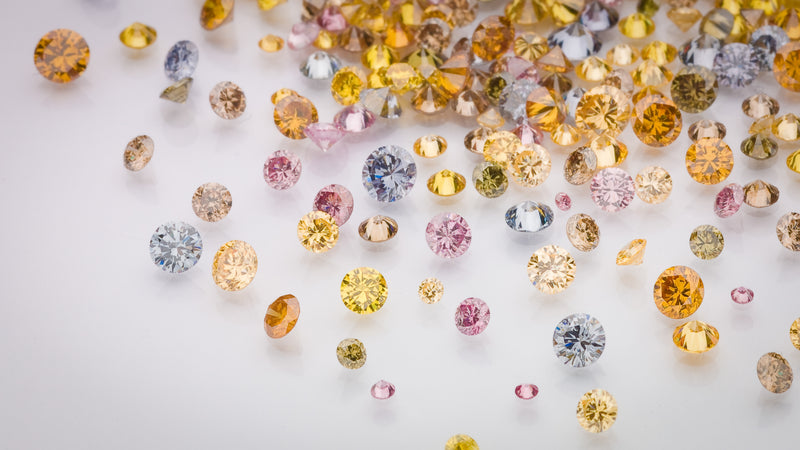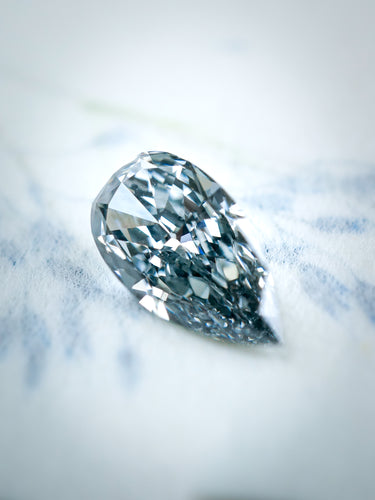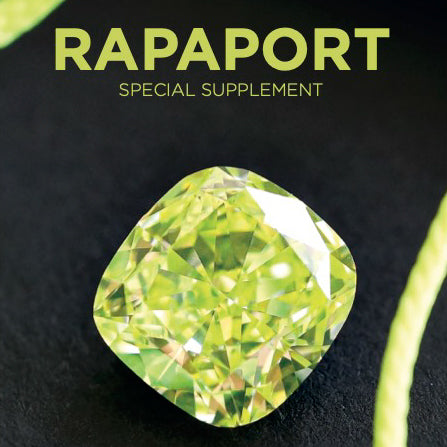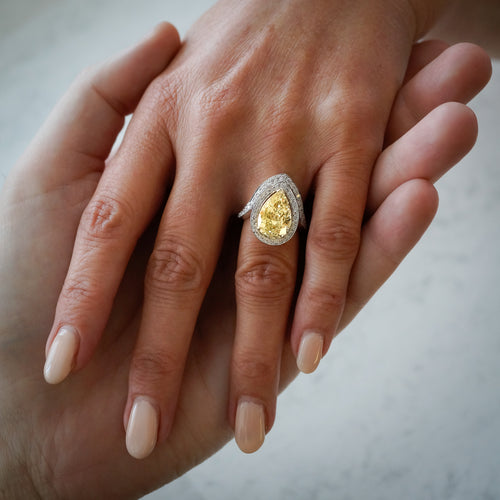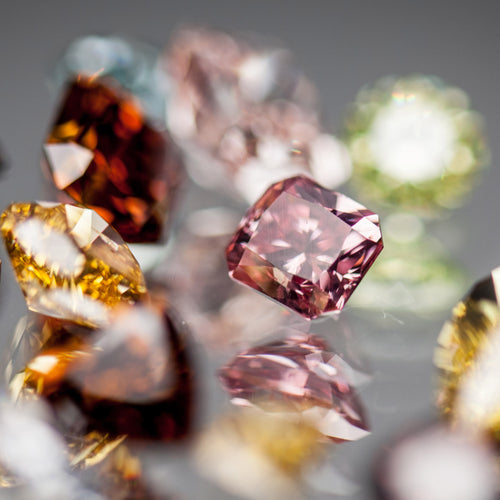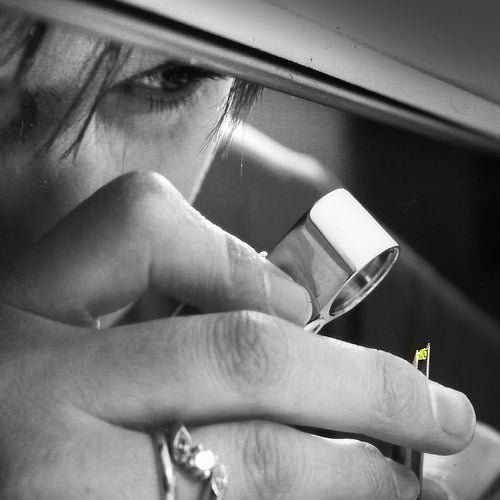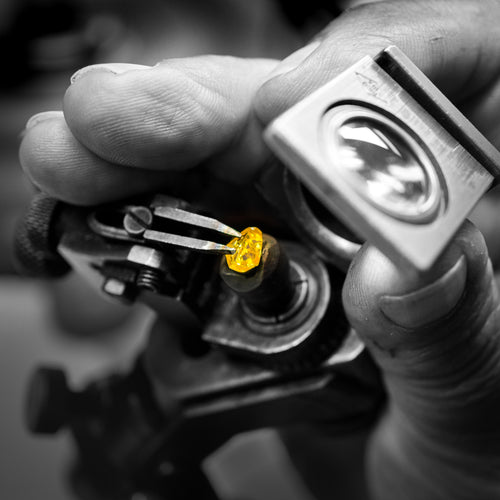The turn of the 20th century marked the beginning of an era of prosperity for superior jewelry, this delicate art which, via sumptuous jewels, celebrates the most beautiful diamonds and other precious stones. Some houses began very early to set color diamonds in their creations.
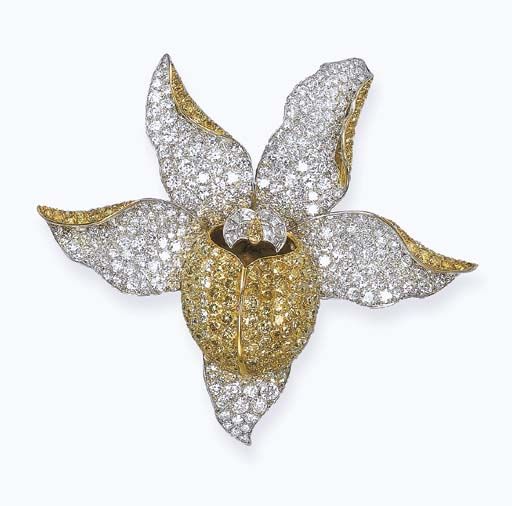
At the dawn of the century, when Art Nouveau spread its sinuous curves throughout the world, the French company Van Cleef & Arpels launched itself in superior jewelry making. It had a considerable success and this was favored by a number of factors.
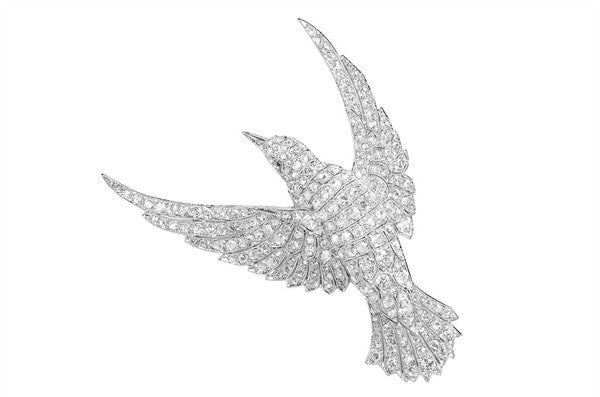
At the dawn of the century, when Art Nouveau spread its sinuous curves throughout the world, the French company Van Cleef & Arpels launched itself in superior jewelry making. It had a considerable success and this was favored by a number of factors.
After the World Expo in Paris in 1900, the Russian aristocracy, with its legendary spending habits, descended on France to buy jewelry. Rich American women would only think of purchasing theirs in Paris, and this persisted after the First World War, allowing the company to grow.
During the Great Depression, Van Cleef & Arpels did much better than survive, thanks to its hugely successful minaudière (a luxurious make-up case) and also, mostly, thanks to the creation of the invisible setting point which completely revolutionized the traditional technologies.
The company regularly renewed itself without sacrificing its style to changing fashions. It distinguishes itself by an elegance, a rigorousness and a balance that are faithful to the traditional rules of classicism.
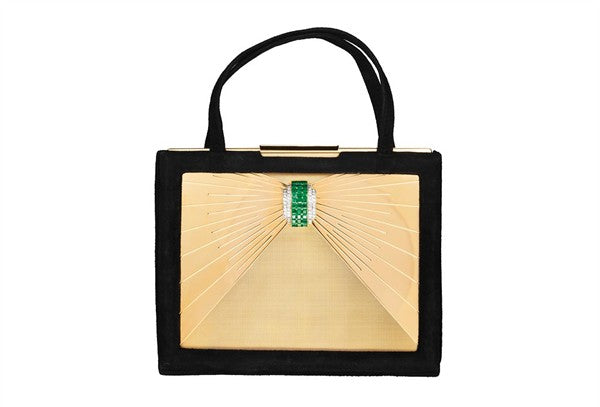
Another company that helped promote diamonds was Tiffany & Co. Starting from 1841, the company focused itself entirely on satisfying the nascent American bourgeoisie's taste for luxury. A major event in 1887 put this American firm in the History books: Charles Louis Tiffany purchased over a third of the lots at the sadly famous auction of the French crown's jewels. Tiffany also created a revolutionary method to set stones in rings, a method which used tiny claws, and this also strengthened the company. Since then, Tiffany has raised itself among the greatest jewelers in the world by constantly re-evaluating its design, its choice of stones, its creative processes, together with the changes in fashion.
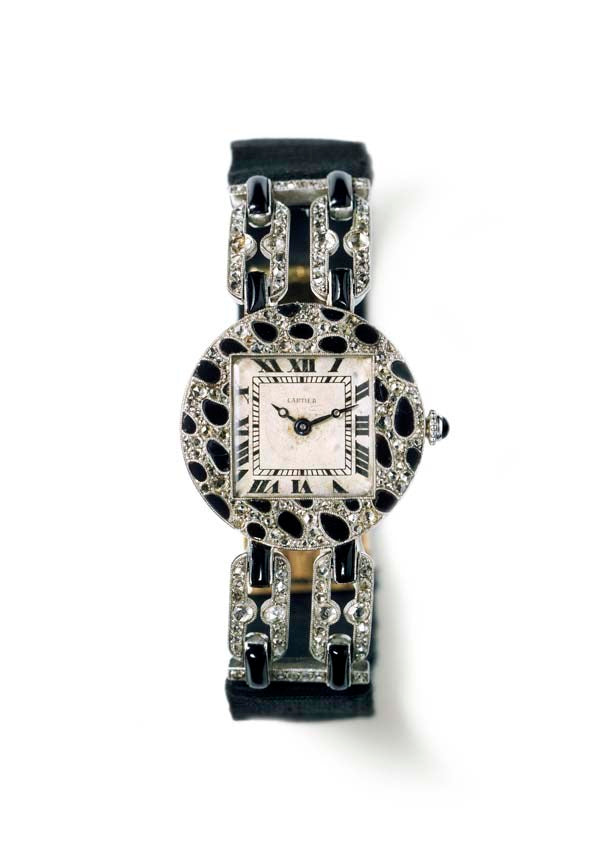
The Frenchman Louis Cartier set himself up by conquering the Russian nobility during an exposition in St. Petersburg. His phenomenal success is due to a plethora of audacious creations that completely seduced his increasingly cosmopolitan clients.
Starting from 1914, he introduced in his watches and other designs his completely unique motif of the panther, either in onyx or in diamonds (colorless or yellow). In between the two wars, he created exceptional jewelry inspired from the discovery of the tomb of Tutankhamun.
At the end of the Second World War, the geometric Art Deco ceded pride of place to a more colorful style that once again allowed Louis Cartier to express his unrivaled creative power, inspired from wildlife and flora.
